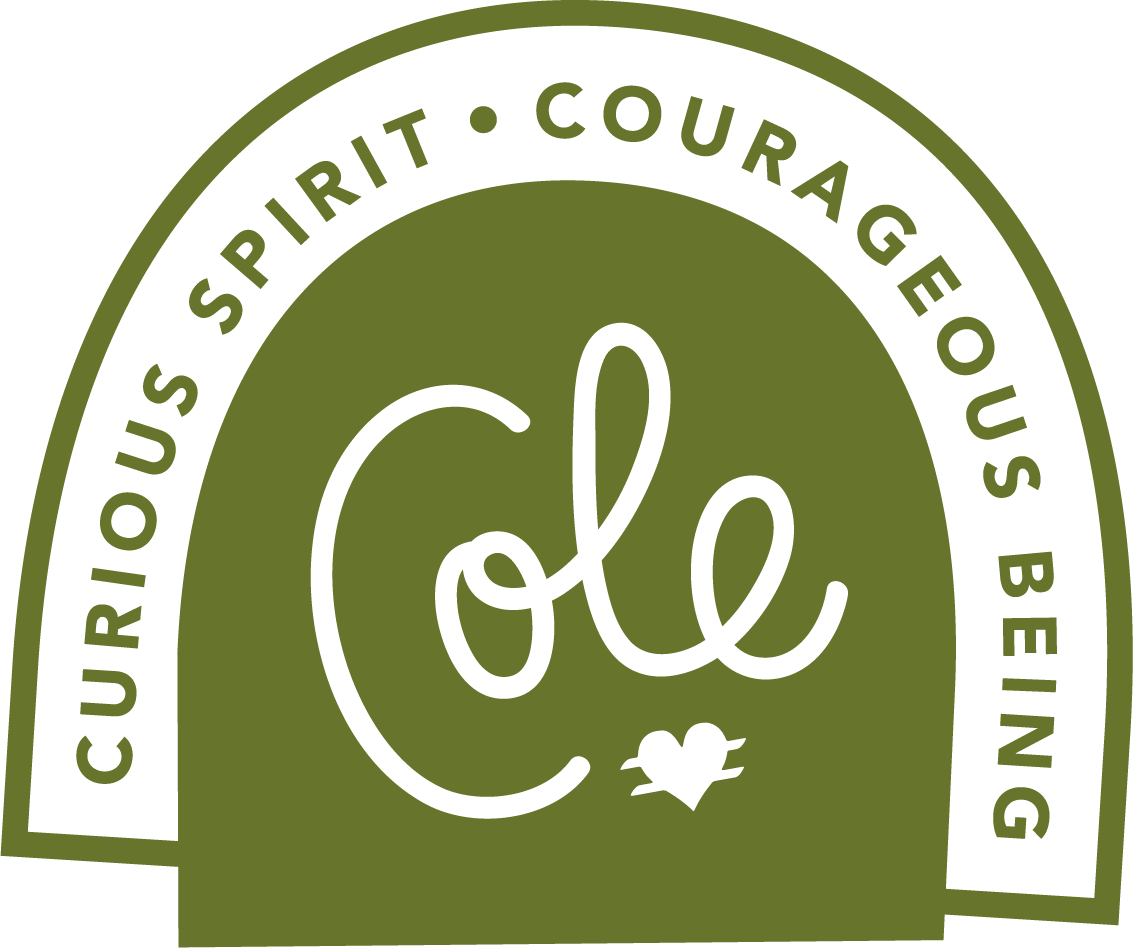My New Journal is Available Worldwide!
In 2020 when I started the School of American Thanatology, I knew I wanted to get a journal out there in the world. In my mind, the journal would be a small resource for those studying death, dying, grief, or loss and also for those studying along with me at the school. I knew I wanted the journal to reflect what I found most enjoyable in terms of day-to-day writing experience, too.
It wasn’t until 2022 that work on the journal began in a real way. Or at least, it wasn’t until then that my journal idea left its form as sketches in my notebook and were translated into actual design software. I worked with Angela on this project, and she was immensely helpful in getting everything just so.
We then spent a lot of time in 2022 and 2023 working on iterations. There were versions with pure white paper stock, and cream paper stock. Versions with 50 pages, and versions with 250. Versions with different dotted grid patterns, page number placement, and ink tone.
In fact, in this image with the big stack of journals, you can see a lot of those versions! The one on the very bottom that is super skinny was only 50 pages. At first I thought it might be nice to have a bunch of smaller journals so you could connect them with just one project, one month, or one class, for example. But, after holding it in hand, and writing with all sorts of pens on the paper, I felt strongly that this was a journal worth more pages. We bumped it up to 233 dot grid pages at that point—enough to last a long time.
About the Journal
I am a fountain pen user, and sometimes I write with markers. For me, paper is a big deal. If a journal has paper that isn’t suited towards more juicy pens, or if a journal has super wide lines…I just won’t use it. It also needs to do well with pencil, and regular ball point pen.
This journal has:
a 16-page resource section compiling thanatology, deathwork, and thanabotany™ materials from the School of American Thanatology and Cole Imperi
2 index pages
1 blank page which appears immediately before the 2-page index spread. This page can be used to extend your index, or to insert commonly referenced material of your own
233 dot grid pages
cream colored paper, 90 GSM weight
257 pages total
This journal does not lay completely flat naturally—you’ll need to press the pages open if you want it to lay flat
If you go here, you can see reviews. A lot of the reviewers included their own images so you can see different pens on the paper. Thank you to anyone who takes the time to leave a review. For pen and paper obsessed people, we appreciate it.
About the Cover
The cover is a scan of an herbarium specimen, specifically the California Poppy. It’s beautiful and looks like a real herbarium specimen when you hold the journal in your hands. While I do love pressed flowers and plants, I love the look of herbarium specimens most of all. Hopefully you all will appreciate this detail!
The label in the lower right hand corner is a scan we took from an actual herbarium specimen label from the early 1800s. It was taken from one of Curtis Gates Lloyds specimens, specifically. This detail makes me so happy and I love seeing it on the cover of the journal.
Availability
You can purchase this journal worldwide on Amazon. This was important to me because I have students in 30 countries now, and I needed to make sure they could get the journal in their home currency, and with not-crazy shipping rates. Back when we were still iterating, I asked my students where they preferred to shop and I had a big learning moment then. My non-American students wanted easy access and so their request was availability on Amazon.
I hope to have the journal available in some stores soon. If you’re interested, please fill out the contact form on this site!


